Sometime soon! Please stay tuned 🙂
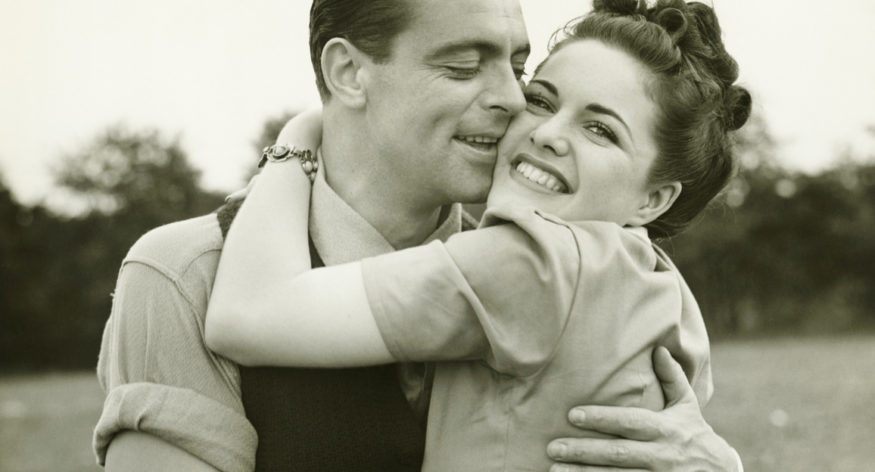

When looking through your old family photos and enhancing the facial features with the MyHeritage Photo Enhancer, you might have noticed an interesting phenomenon. There is often resemblance not only between family members who are genetically related to each other, but also among couples — who, in most cases, aren’t genetically related at all. In many cases, these similarities only seem to increase as the couple gets older.
Why would a couple resemble each other if they haven’t inherited the same DNA?
This phenomenon has actually been studied in a variety of contexts, and basically, it comes down to two different factors: how we select a romantic partner, and how that partner influences us.
Opposites attract? Not really
A number of studies have shown that we tend to be drawn to people who look familiar.
In a 2004 study by Lisa M. DeBruine, researchers had participants rate the attractiveness of subjects of photos of members of the opposite sex — and some of the photos were digitally altered to make the subject look more similar to the person looking at the photo. The results showed that people have a significant preference for faces that look more like their own. Similar results were shown in a 2013 study by Laeng et al.
More recent studies, one from Fraley et al published in 2010 and one from Heffemen et al published in 2018, showed that people tend to have a subconscious attraction to others who resemble their parents — especially the opposite-sex parent, as Freud famously theorized a hundred years ago.
Other studies, such as an analysis by Sebro et al in 2017, suggest that people tend to be attracted to others who share genetic similarities. However, it’s very difficult to separate out how much of that preference is social and circumstantial. People tend to spend most of their time in social circles with others who are genetically similar, and that may be the deciding factor rather than some subconscious preference for a genetically similar partner.
Our love is etched into our skin
The second factor that affects couple resemblance is how living together and spending so much intimate time with one another affects us.
Humans naturally mirror one another. When you’re speaking to someone, you subconsciously mimic their facial expressions, posture, and even tone of voice. This mirroring helps us communicate more effectively.
When people spend a lot of time around each other, they mirror each other often, and more and more, they develop a habit of using the same facial expressions and body language as their partner. As a result, they start to look more alike, and as they age, their faces may age in similar patterns — they might develop wrinkles in the same places, for example, because of the particular way they smile, frown, or lift their eyebrows.
Couples also affect each other’s health behaviors: a 2015 study by Jackson et al found that when one partner adopted a positive health behavior, their partner was more likely to adopt that behavior, too. So if one partner quit smoking, adopted a healthier diet, or began exercising regularly, the other partner was likely to do the same. Our health affects our appearance among other things, and this might also contribute to the resemblance between partners.
Could these theories also apply to pets?
There is also a phenomenon of people looking similar to their pets, and both of the above factors may apply here as well! Two studies published in 2004 (one by Christenfield and Roy and one by Payne and Jaffe) support the idea that humans tend to choose dogs who look more like them. Domesticated animals, especially dogs, have evolved to be able to communicate nonverbally with humans, and that has included the development of human-like features and facial expressions. So it could very well be that the same process of mirroring occurs between a pet and its owner!
Are there interesting couple resemblances in your old family photos? Try the Photo Enhancer to see the faces in your photos much more clearly and distinguish details you may not have noticed before!

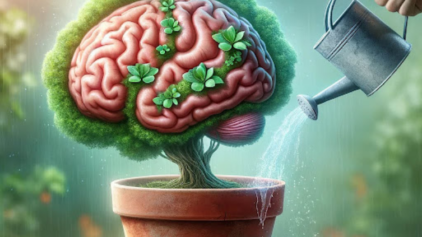
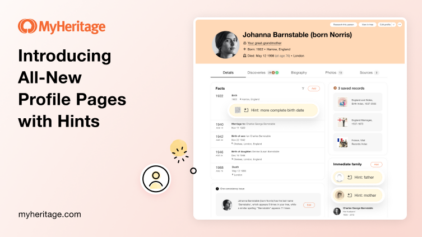
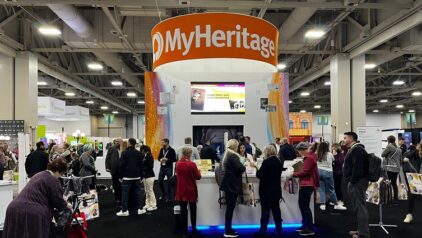
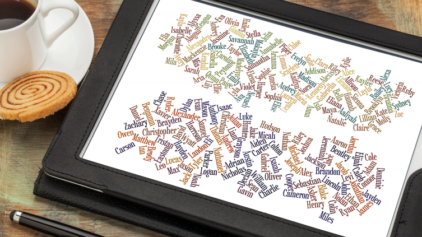
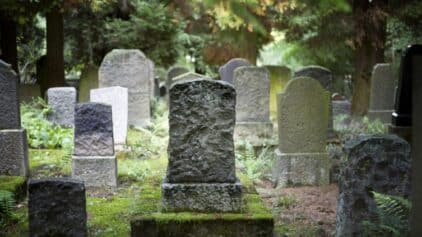
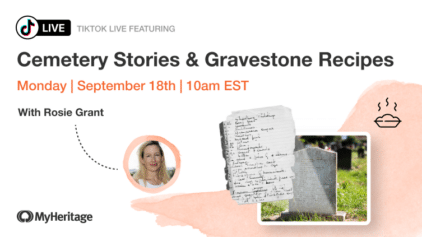
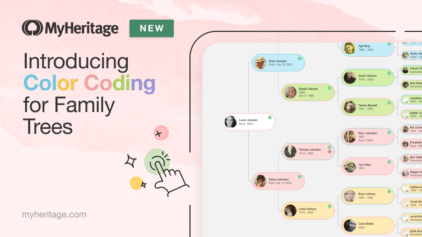
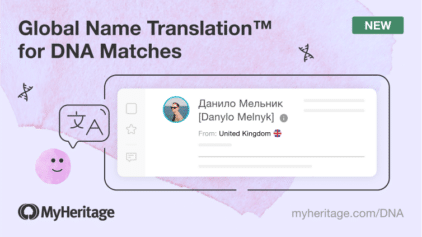
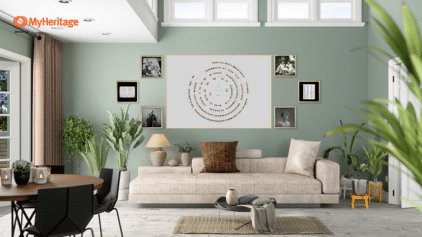
P.
October 26, 2020
Great post, thanks!
When can we expect to receive/see our newly calculated/updated ethnicity estimates?